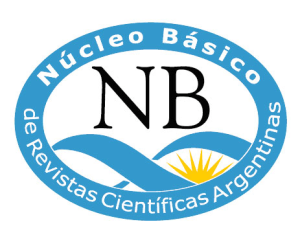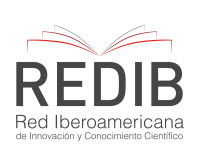Residential logics and migrations in San Carlos de Bariloche: an interseccionality approach
Keywords:
Socioterritorial inequalities, International Neighborhoods, San Carlos de Bariloche, Urban integration, Brenda Matossian migrants,Abstract
San Carlos de Bariloche is a medium-size city in the Northern Andean Patagonia, recognized as a global tourist destination. Its fast population growth and urban sprawl, poorly planned, in the last 60 years have generated complex socioterritorial inequalities. Migrants, both international and internal ones, which arrived during these decades with different motivations and socioeconomic conditions, were main actors in
these dynamics. This article studies the urban integration of these heterogeneous populations through qualitative methodologies and secondary sources analysis. This aim requires a comprehensive approach; that is why the concept of intersectionality was chosen, understood as a complex system of unequal structures which are multiple and
simultaneous. Aspects regarding migrants’ residential logics spatiality’s and sociability in different neighborhoods are analyzed from different dimensions. This study perspective that focus on migrants urban integration processes, considering both origin and class inequalities
simultaneously, seeks to avoid biased interpretations that concentrates only in one of the dimensions.
Downloads
Published
How to Cite
Issue
Section
License
Nota del Copyright
Los trabajos presentados en Revista Pilquen, Sección Ciencias Sociales deben ser originales e inéditos y no estar postulados simultáneamente en otras revistas. El envío de todo tipo de colaboración implica la aceptación de las normas editoriales de la revista y la autorización al Comité Editorial para que difunda los trabajos tanto en la revista como en las bases de datos o sistemas de indización en donde se alojan los contenidos de Pilquen.
Las y los autores que publican en esta revista están de acuerdo con los siguientes términos:
1) Las autoras y los autores conservan los derechos de autor y garantizan a la revista el derecho de ser la primera publicación del trabajo al igual que licenciado bajo una Creative Commons "Atribución -No Comercial CC BY-NC-SA”, mediante la cual ser permite copiar, reproducir, distribuir, comunicar públicamente la obra y generar obras derivadas, siempre y cuando se cite y reconozca al autor original. No se permite, sin embargo, utilizar la obra ni sus posibles obras derivadas con fines comerciales.
2) Las y los autores pueden establecer por separado acuerdos adicionales para la distribución no exclusiva de la versión de la obra publicada en la revista (por ejemplo, situarlo en un repositorio institucional o publicarlo en un libro), con un reconocimiento de su publicación inicial en esta revista.
3) Las y los autores no recibirán compensación monetaria de Pilquen por el uso del material contenido en el artículo; así como tampoco asumirán ningún costo de publicación de los mismos.












